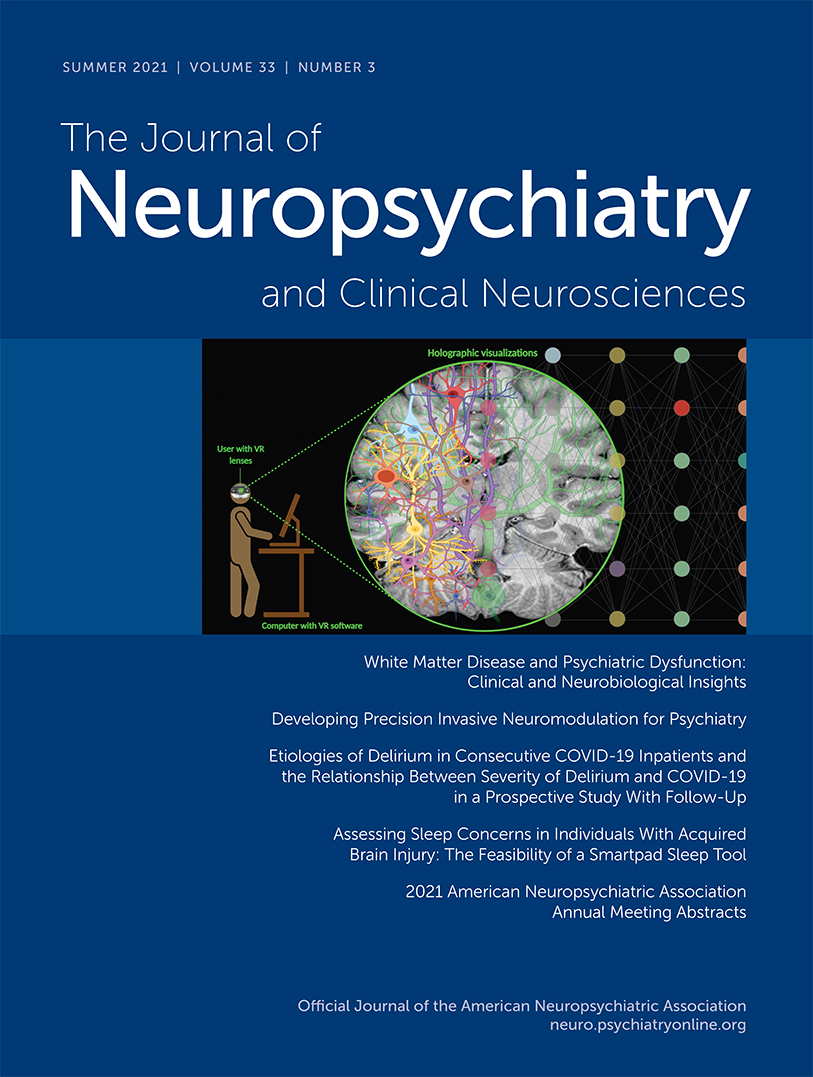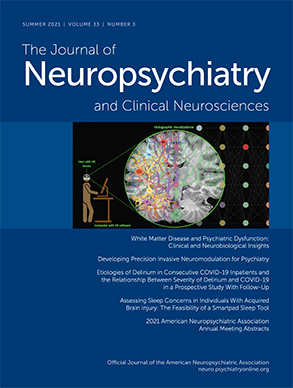“I know a respectable man, full of health, candor, judgment & memory, who, in the middle of the day, and independently of any impression from the outside world, perceives from time to time before him figures of men, of women, of birds, of cars and of buildings, He sees these figures give themselves different movements; they approach, move away, follow; decrease & increase in size; appear, disappear, and reappear….He ignores from one moment to the next what vision will be offered to him: His Brain is a theater whose machines perform Scenes, which surprise the Viewer all the more because he does not see them as planned.”
—Charles Bonnet, 1782:316 (
1)
Closed-eye visual hallucinations are rare and poorly understood isolated visualizations that emerge after eye closure. Unlike eyes-open visual hallucinations, closed-eye visualizations tend to extinguish with the attendant stream of visual processing that accompanies opening of the eyes. The degree of complexity of closed-eye visual hallucinations may range from simple colors, hues, or shapes to ornately structured scenes, people, or objects. Here, we report a case of highly complex closed-eye visual hallucinations associated with clarithromycin. Rare neuropsychiatric sequelae of clarithromycin have been previously described, including mania, psychosis, cognitive impairment, and delirium. However, this is the first report, to our knowledge, of closed-eye visual hallucinations emerging in the context of clarithromycin use. Through suppression of endogenous GABA-ergic signaling, we hypothesized that clarithromycin may predispose to visual-release phenomena in susceptible individuals.
Case Report
A woman in her eighties was in her usual state of health until 2 days after being started on clarithromycin (500 mg twice daily) for treatment of Helicobacter pylori (H. pylori). She began to experience an unusual visual symptom. At the moment she closed her eyes, she saw a highly complex and dynamic scene that started as a cloud of pink color and then morphed into colorful flowers and trees of different shapes and sizes that appeared to fill her entire visual field. She opened her eyes, and her vision returned to normal, with immediate and complete extinction of the closed-eye visual hallucinations. She did not experience any hallucinations with covering only one eye; however, upon closing both eyes, the patient would experience a stream of evolving visual scenes, which typically would begin with a cloud of color that would become increasingly bright, break into smaller dots of color, and then morph into arrays of shapes, objects, or faces. The faces were experienced as nonthreatening and unfamiliar, although on one occasion, a face appeared to resemble George Washington. Shapes the patient reported seeing included squares and rectangles that were pink, red, or violet. The phenomenon was reproducible each time she closed her eyes, without fail. She knew that these remarkable sense impressions were not real, and she was not frightened by them, but they made it difficult for her to fall asleep. After 2 weeks of persistent symptoms, she presented to the emergency department for further evaluation and was admitted for workup. On admission, the patient denied any other symptoms, including headache or changes in speech or language, hearing, strength, coordination, tactile sensation, or gait. She had no history of alcohol or substance use or medication overdose.
The patient’s general physical and neurological examinations, including cranial nerve, visual field, and visual acuity testing with eyes open, were unremarkable, and her dilated fundoscopic examination was normal. MRI with contrast showed no evidence of acute or subacute territorial infarction, hemorrhage, or intracranial mass lesion of the brain and revealed patent arterial vasculature of the head and neck without hemodynamically significant stenosis. Electroencephalogram results for awake, drowsy, and asleep states were normal, with no epileptiform abnormalities. Basic metabolic profile, complete blood count, COVID-19 nasopharyngeal polymerase chain reaction test, toxicologic screen, liver function tests, and vitamin B12 levels were unremarkable. Clarithromycin was discontinued 15 days after symptom onset, and the patient was started on an alternative regimen for H. pylori treatment. The following morning, her closed-eye visual hallucinations improved, and she was discharged home. A follow-up at 2 weeks postdischarge demonstrated sustained remission of the closed-eye visual hallucinations and no further neurologic symptoms.
Discussion
Normal control of visual processing and perceptual inference rely on intact functioning of widespread brain networks that are maintained through a dynamic and delicate balance of excitatory (e.g., glutaminergic), inhibitory (e.g., GABA-ergic), and modulatory neurotransmitter systems. Functional disruptions and structural lesions within or between these networks can produce a wide array of perceptual disturbances. Depending on the nature, localization, and extent of the disruption or lesion, symptomatic manifestations may be characterized by pathological loss of visual-spatial function (e.g., visual neglect, blindness, agnosia, prosopagnosia, achromatopsia, akinetopsia, astereopsis, and topographagnosia) or pathological gain of visual-spatial function (e.g., visual hallucinations, autoscopic phenomena, metamorphopsia, macropsia, delusional misidentification, and auditory visual synesthesia) (
2,
3).
Closed-eye visual hallucinations are reported in several contexts, including in the postoperative period after the use of anesthetic agents (
4–
6), as well as in atropine toxicity (
7), hyponatremia (
8), and lidocaine toxicity (
9). In the above case, highly complex closed-eye visual hallucinations that appeared to be associated with clarithromycin use are reported. In future cases, recognition of such rare adverse events may help clinicians avoid unnecessary workup, as well as lead to fast resolution of disturbing symptoms with a simple medication change.
Cortical-release phenomena and disruption of the reticular-activating system have been suggested as possible mechanisms underlying closed-eye visual hallucinations, and clarithromycin’s penetration of the central nervous system (
10) may help to explain these disruptions in the context of a susceptible substrate. Conceptualized as such, select neurotoxic insults (
11–
13) may be understood as a stress test of the system that typically regulates and suppresses visual imagery during wakefulness. This mechanistic theory is supported by recent research revealing the potential for clarithromycin to increase neuronal excitability through a reduction in GABA-ergic signaling (the most abundant inhibitory signaling system in the brain) and thereby modulate systems of wakefulness (
13,
14). Indeed, reduced GABA-ergic signaling has been associated with visual hallucinations in other contexts (
15,
16) and has been found to modulate inhibitory control over unwanted or intrusive mental content (
17). Reductions in GABA-ergic signaling and relative imbalances with excitatory glutaminergic signaling have been linked to a range of other perceptual disturbances, including deficits in orientation-specific surround suppression in the context of schizophrenia (
18,
19) and deficits in visual contrast perception (
20).

